Animal Life news stories
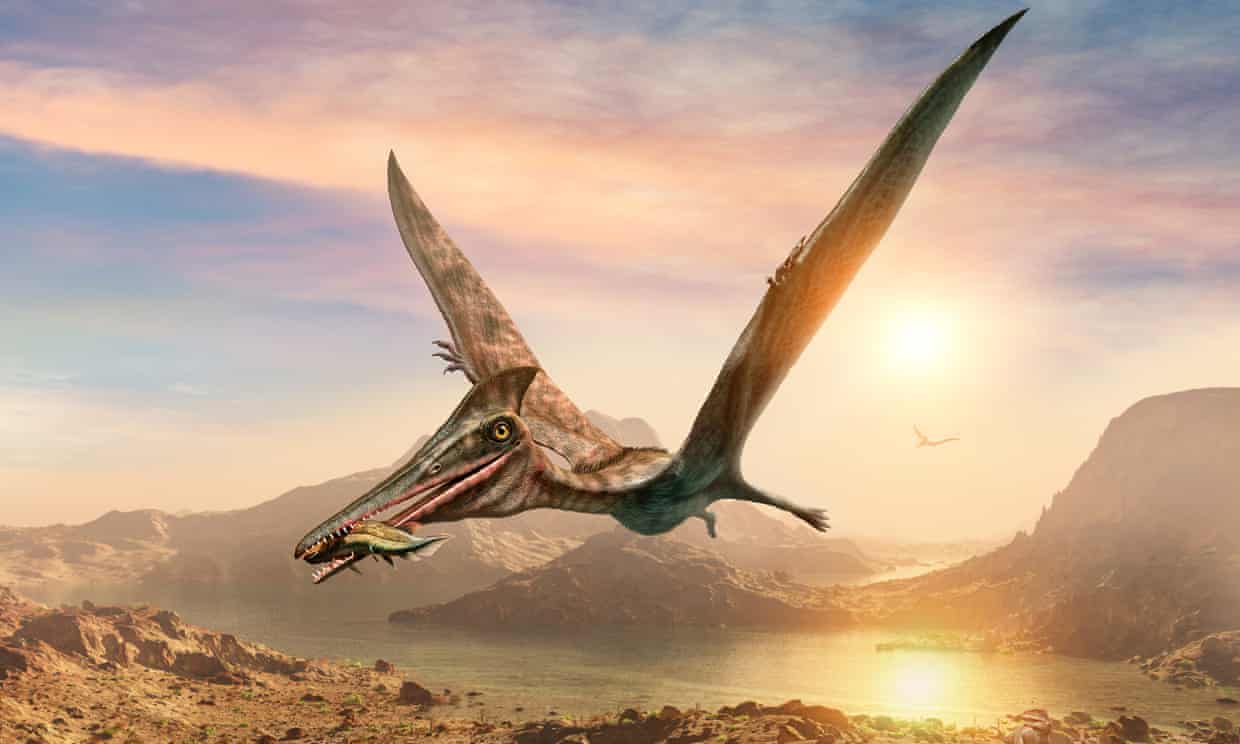
It might be best known today for its otters and puffins but 170m years ago the Isle of Skye was home to an enormous flying reptile with a wingspan bigger than a kingsize bed, researchers have revealed.
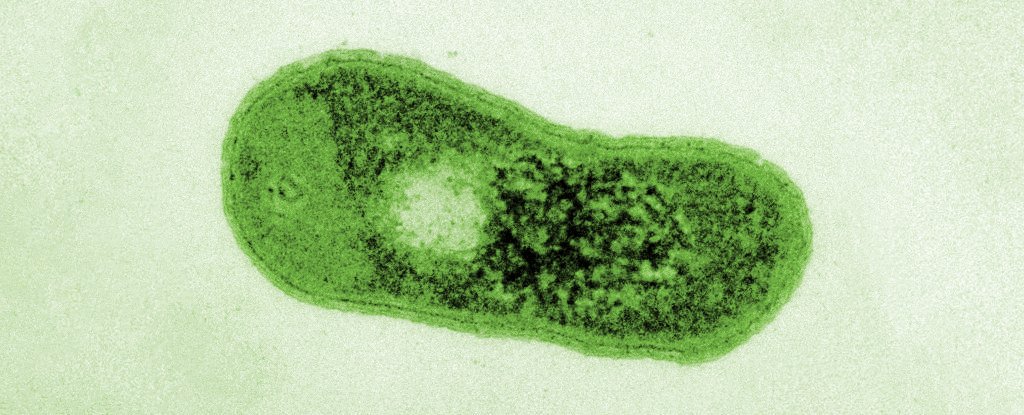
Photosynthesis quite literally changed our world. Plants ‘eating’ sunlight and ‘breathing out’ oxygen transformed Earth’s entire atmosphere into the one we now breathe, and fuel our ecosystems with energy.
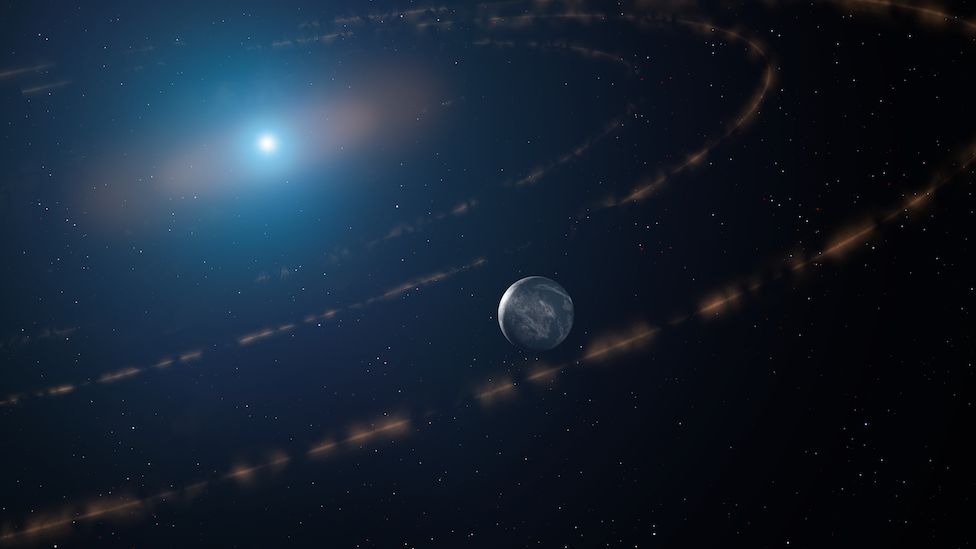
Researchers believe there may be a planet that could sustain life, in the vicinity of a dying sun.
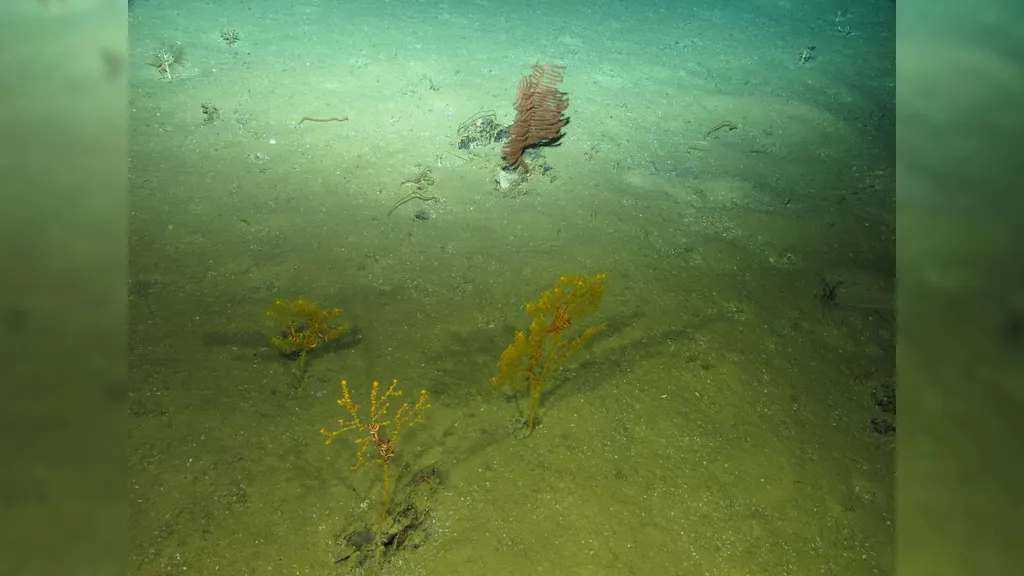
The deep-ocean floor is teeming with undiscovered life-forms that help to regulate Earth’s climate, a new study finds.
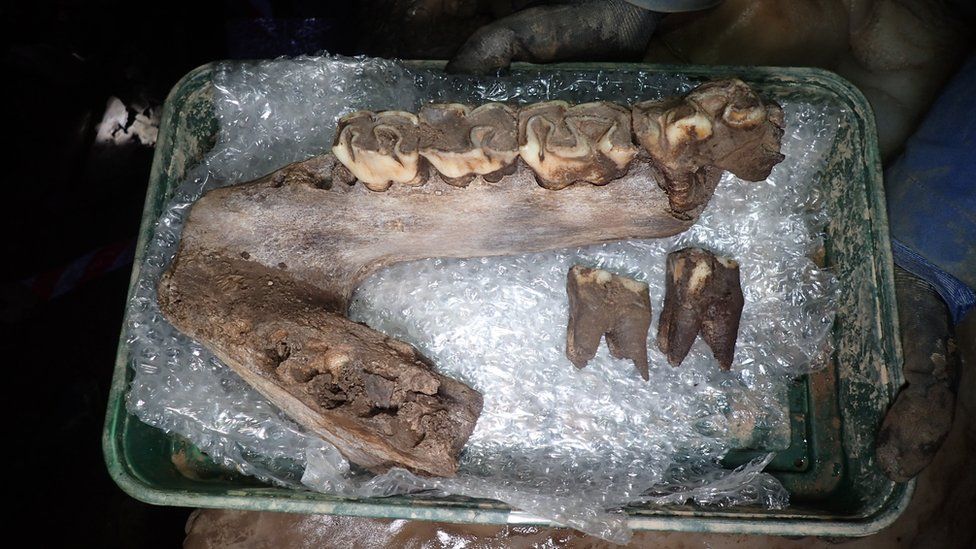
The remains of a woolly mammoth have been found among a host of hugely significant Ice Age animal remains in a cave in Devon, experts have said.

For decades, scientists thought that being more carnivorous set our ancestors along their evolutionary path. New evidence casts doubt on this theory.
Image from Venison Steaks (Wiki Commons)
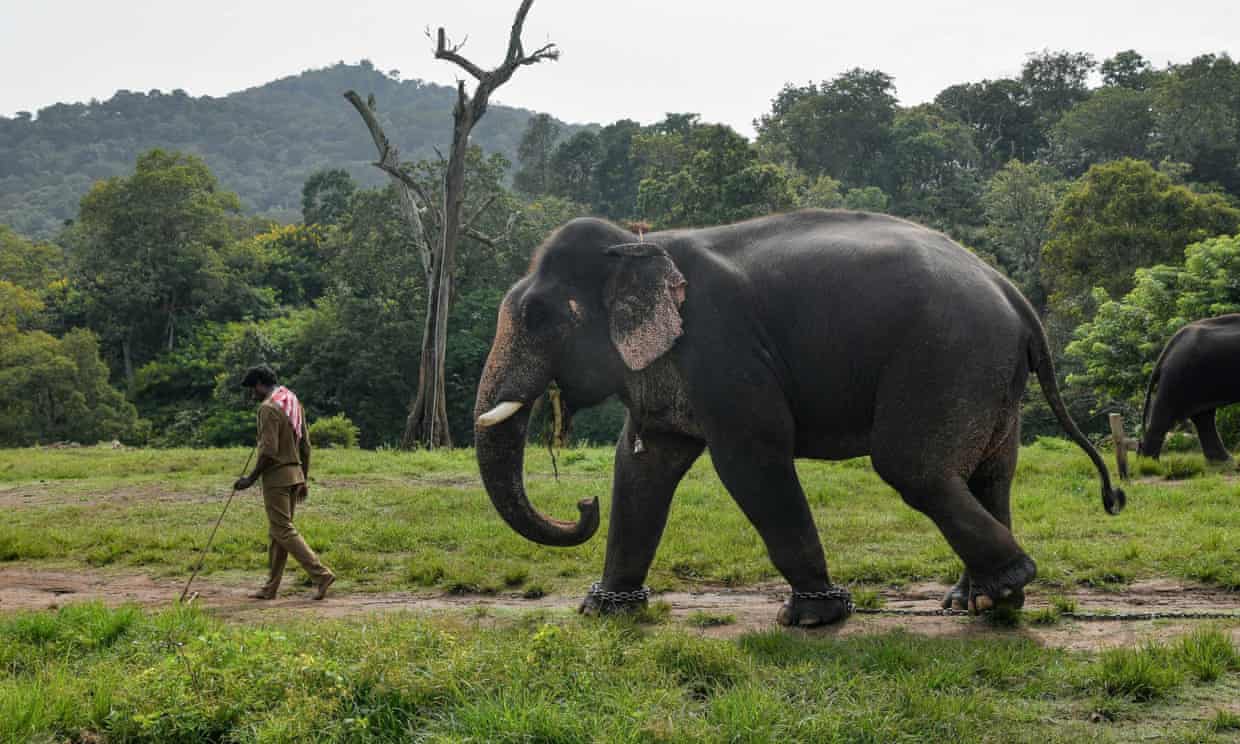
For about 2,000 years most humans have imagined themselves to be the Earth’s “apex predators” – smarter, faster and more deadly than any other creature with which we share the planet.
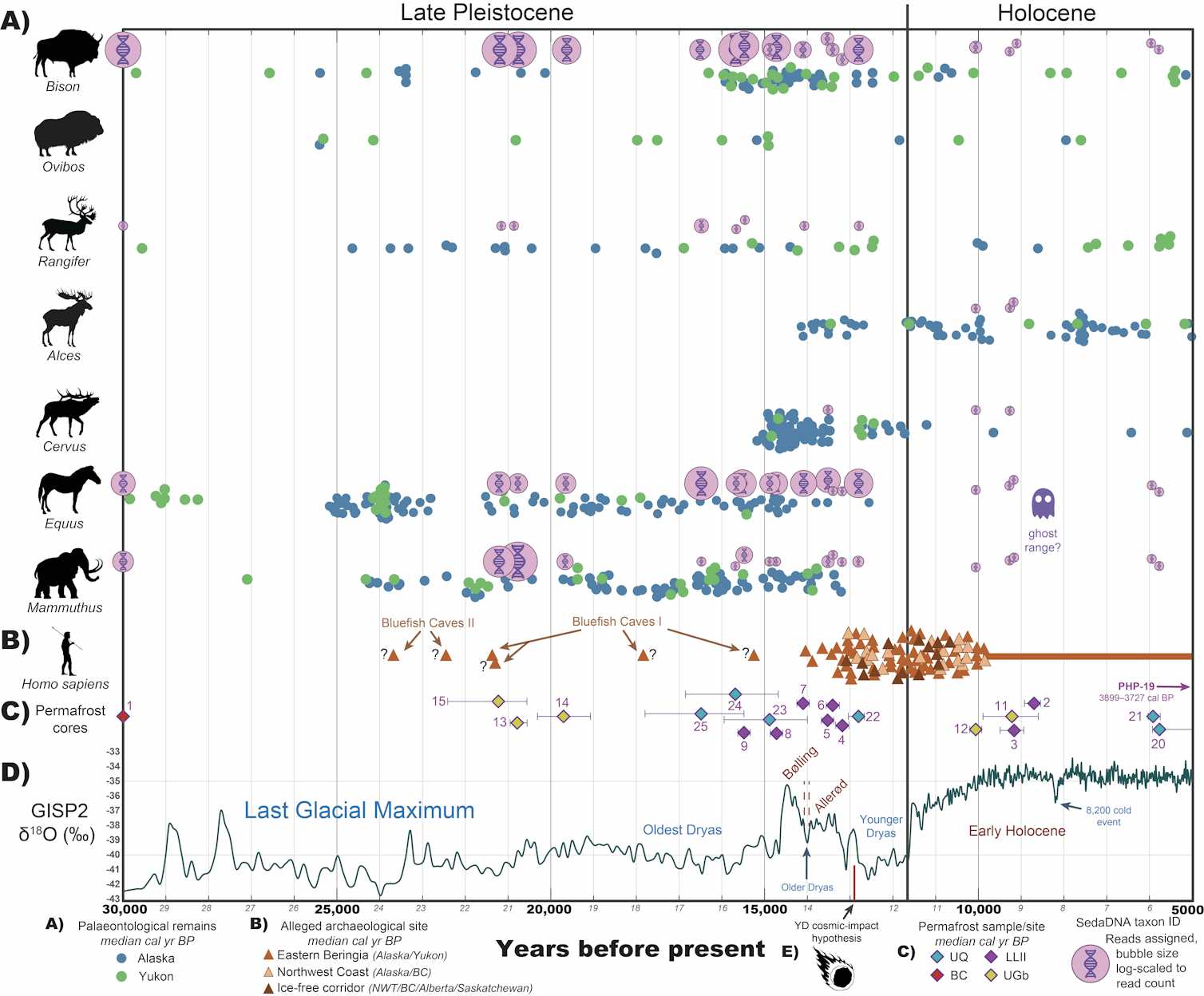
In 2010, small cores of permafrost sediments were collected by a team at the University of Alberta from gold mines in the Klondike region of central Yukon.
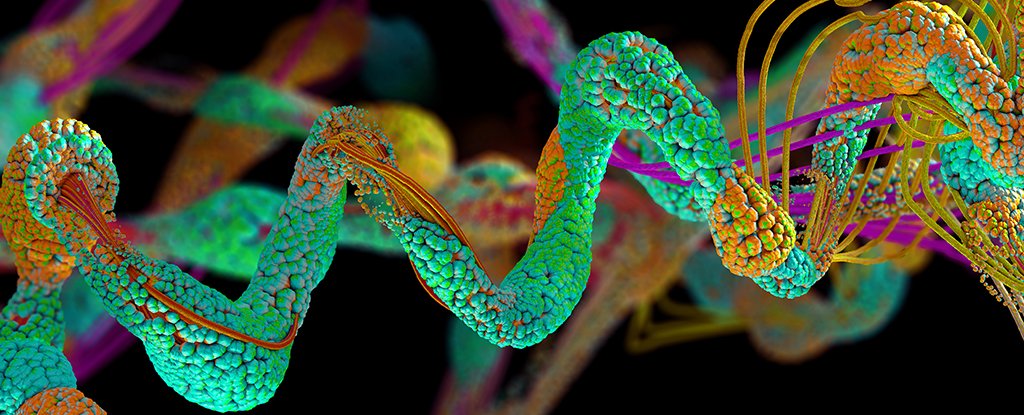
The question of how life first sparked into existence on our planet is one we haven’t yet fully answered, but science is getting closer all the time – and a new study identifies the structures of the proteins that may well have made it happen
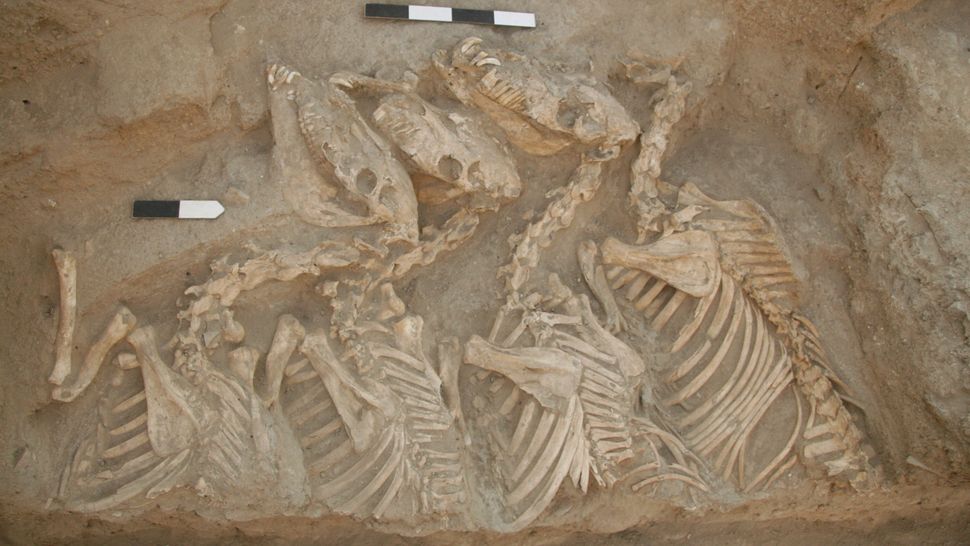
Mesopotamians were using hybrids of domesticated donkeys and wild asses to pull their war wagons 4,500 years ago — at least 500 years before horses were bred for the purpose, a new study reveals
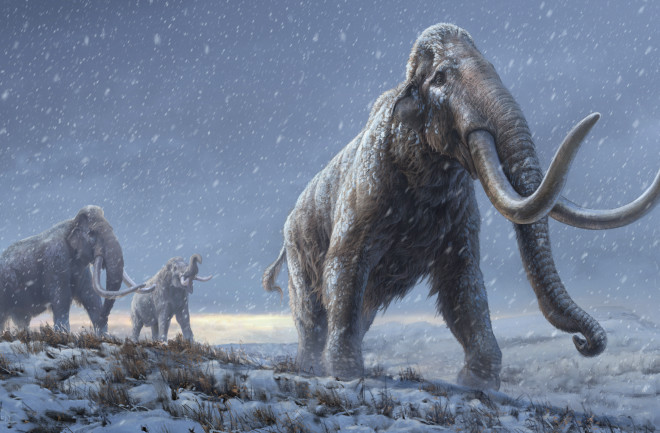
A decades-old Siberian tooth sample has revealed a previously unknown mammoth lineage, along with a potential ancestor’s unexpected adaptations.
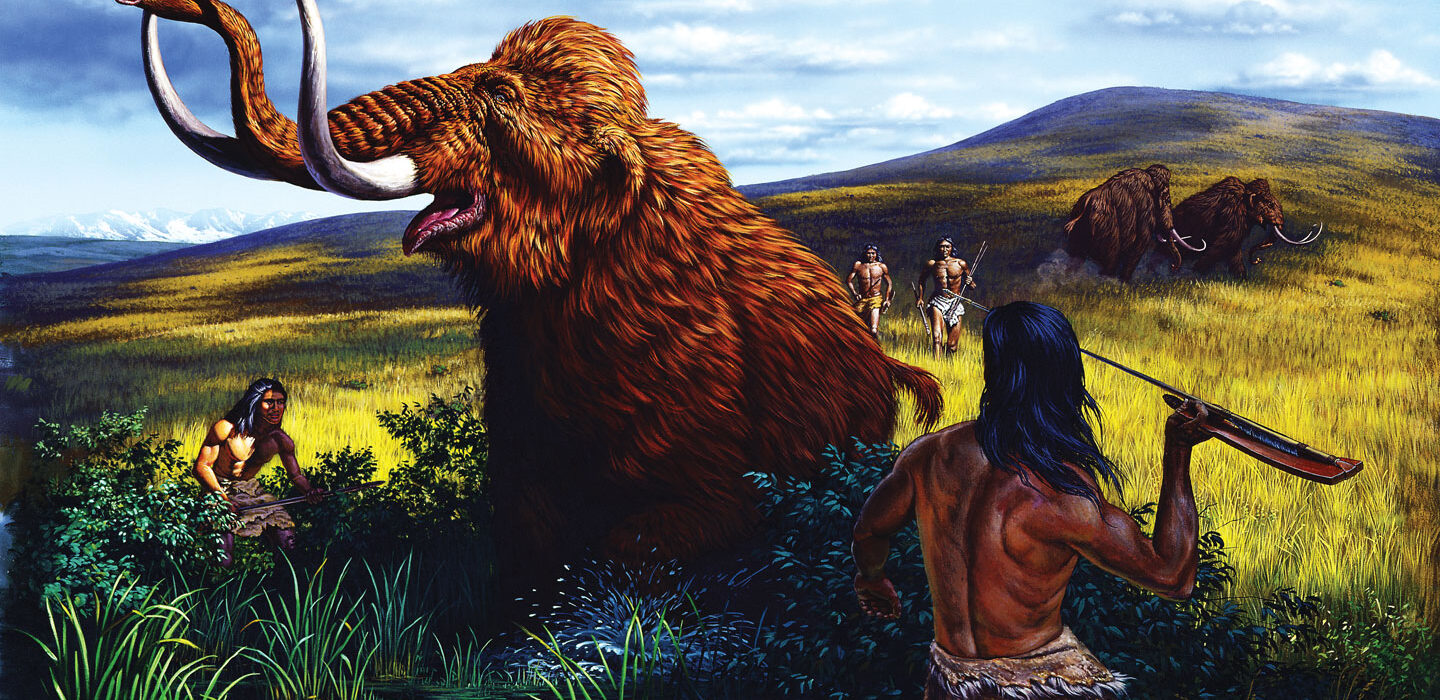
Tests of stone points show that early Americans may have been better scavengers than hunters of the giant beasts.

It’s widely understood that animals such as salmon, butterflies and birds have an innate magnetic sense, allowing them to use the Earth’s magnetic field for navigation to places such as feeding and breeding grounds.

In films and literature, they are usually depicted as hulking, foot-stomping, snorting beasts but a new study has claimed that the medieval warhorse was typically a much slighter, daintier animal.

It might be an imaginary character straight out of a Dr Seuss book: The goldfish who could drive. But it’s real.

“I rang up the county council and I said I think I’ve found a dinosaur,” explained Joe Davis, who works at Rutland Water Nature Reserve.








